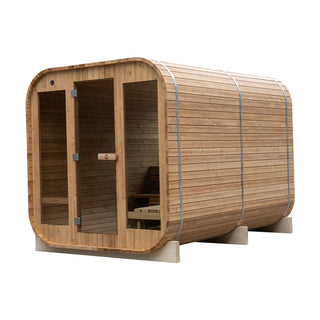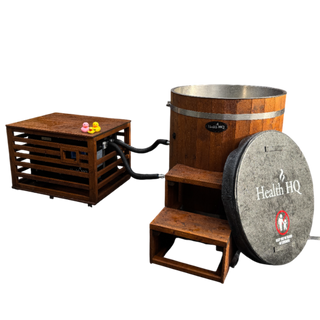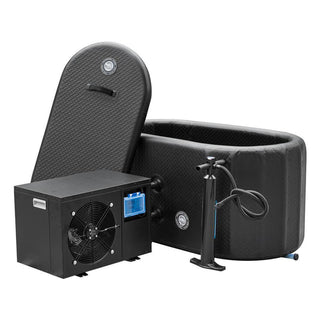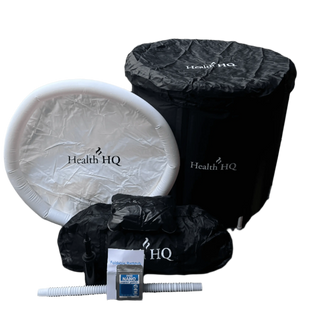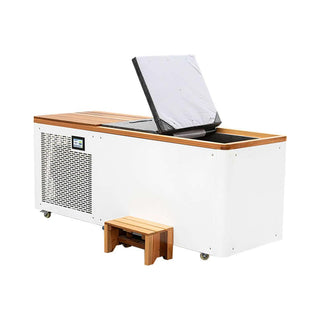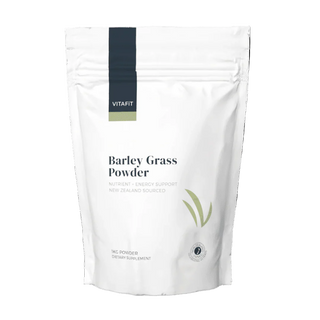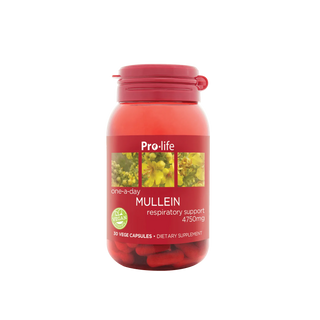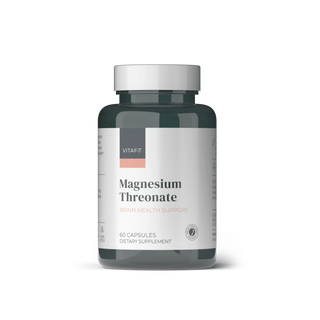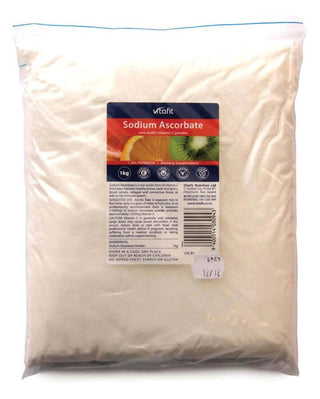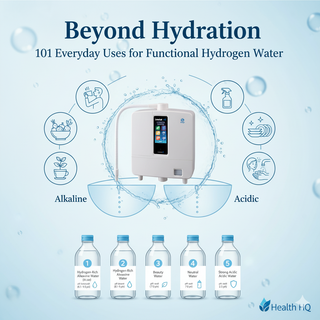How Long Should You Wait to Take an Ice Bath After Training?
When it comes to recovery strategies, ice baths have become a go-to method for athletes and fitness enthusiasts alike. They’re touted for their ability to reduce muscle soreness, inflammation, and accelerate recovery. But timing is everything when it comes to maximizing the benefits of your post-training ice bath. So, how long should you wait after your workout before plunging into the icy depths?
The Role of Ice Baths in Recovery
Ice baths, or cold-water immersion therapy, work by constricting blood vessels and reducing inflammation in the muscles. When you get out of the cold, your blood vessels dilate, which helps to flush out metabolic waste and bring nutrient-rich blood to the muscles. This process can alleviate muscle soreness and enhance recovery, allowing you to get back to training sooner.
Immediate vs. Delayed Ice Baths
Research suggests that the timing of your ice bath can impact its effectiveness. Here’s what you need to know:
- Right After Training: Taking an ice bath immediately after a workout may help reduce acute inflammation and muscle soreness. However, this timing can also blunt some of the beneficial adaptations of training, particularly if your session focused on building muscle strength or hypertrophy.
- Delayed Ice Bath (6-8 Hours Post-Training): Waiting 6-8 hours before your ice bath allows your body to kickstart its natural recovery processes, such as inflammation and protein synthesis. This delay can be especially beneficial for strength and endurance athletes who want to maximize training adaptations while still mitigating soreness.
Factors to Consider
The optimal timing of your ice bath depends on your training goals and the type of workout you’ve completed:
- Strength and Hypertrophy Workouts: For sessions focused on building muscle or increasing strength, it’s best to delay your ice bath by 6-8 hours. This timing helps preserve the muscle-building signals triggered by your workout.
- Endurance or High-Intensity Workouts: If you’ve completed a long run, cycling session, or high-intensity interval training (HIIT), an ice bath immediately after training can help reduce inflammation and speed up recovery.
- Event Recovery: After a race or competition, taking an ice bath within 30 minutes can help manage fatigue and soreness, especially if you’ll be competing again soon.
Practical Tips for Ice Bath Recovery
- Temperature: Aim for a water temperature of 47-59°F (8-15°C). Cooler isn’t always better; excessively cold water can be counterproductive.
- Duration: Stay in the ice bath for 1-5 minutes. Any longer may lead to diminishing returns or discomfort.
- Listen to Your Body: If you’re feeling excessively sore or fatigued, an ice bath can be a great way to accelerate recovery, regardless of timing.
Conclusion
The timing of your ice bath should align with your training goals and recovery needs. For most people, waiting 6-8 hours after training strikes the right balance between promoting recovery and preserving the benefits of your workout. By understanding your body’s response and tailoring your approach, you can make the most of this recovery tool and keep performing at your best.
Have you tried ice baths after training? Share your experiences and tips in the comments below!






